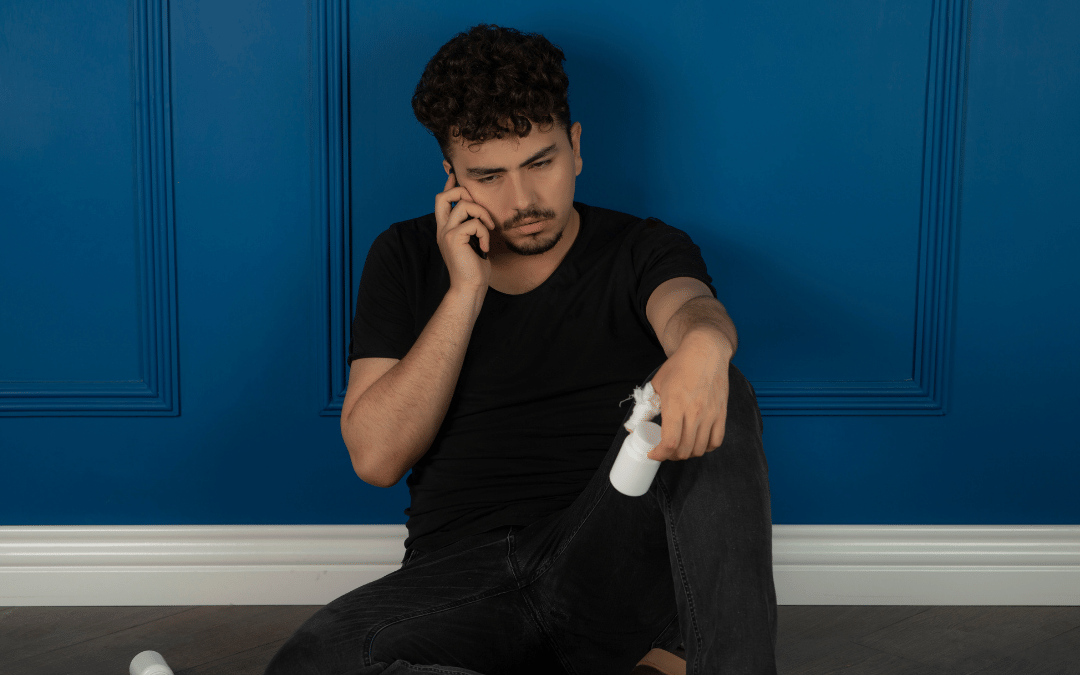Even though suicidal thoughts often accompany substance use, it’s very rare to see people talk about these two issues together. Many rehab clinics will even turn away people seeking treatment for substance use disorders (SUDs) if they self-report suicidal thoughts during admission. This clinical separation ultimately causes people in rehab settings, who are more vulnerable to suicide than most, to stay quiet about these thoughts.
At Renewal, we’re well aware of how dangerous it is to suppress these conversations about suicidal thoughts. Suicide and drug overdose deaths have both been increasing in the United States since 2001, and in 2015, the rate of drug overdose death surpassed that of suicide (CDC WISQARS, 2018). What’s more, adults who abused opioids at least weekly were more likely to engage in suicide planning and attempts (Ashrafioun, Bishop, Conner, Pigeon, 2017). While dual-diagnosis treatments can be lifesaving for people with both SUD and mental health conditions, a lot of people still fall through the cracks in the current system.
Renewal’s COO and President of Addiction Services Dr. Marlon Rollins has dedicated his career to preventing suicide by enhancing the quality of life and well-being through high-quality care, especially among people in substance use recovery. We asked Dr. Marlon for his insights on SUD and suicidality.
Keep reading to learn more about the challenges of finding treatment for both SUD and suicidality and what we’re doing at Renewal to facilitate safe conversations about suicide and make sure our patients get the help they need.
SUD Patients Face Clinical Barriers
Every clinic sets up admissions policies based on the kind of care and safety they can provide to each of their clients. Unfortunately, suicidality is often treated as a mental health issue in and of itself rather than a symptom that can be caused by substance use, among other things. The stigma it carries, that people who experience suicidal thoughts are dangerous or unstable, keeps these patients from getting SUD treatment. The opposite is also true: people with SUDs almost always have to get clean before getting mental health treatment. So what happens when you have both?
Here’s one real-life example from Dr. Marlon’s experience:
I was the Crisis Director at a mental health clinic across the street from a rehab facility. When people were turned away at the rehab facility because of insurance issues, they were sent to us. The rehab center staff would sometimes tell people seeking treatment to say they were considering suicide or had a plan so we would admit them, even if it wasn’t true. There were other times when we had to send people to the rehab center to detox before we could treat the mental health issues driving their addiction.
It became a sort of battle back and forth between the two clinics, which I’m happy to say have been combined into one entity. But this is exactly what’s happening all over the country.
The language we use to create these policies can be confusing, even for clinic leadership. Do you have to be free of suicidal intent or just ideation to be admitted? For how long? You can imagine how one small miscommunication can make a world of difference to someone who needs help.
Which Treatment Comes First: SUD or Suicidality?
Again, suicidality is a symptom, not a condition or primary diagnosis in itself. It can be caused by mental health conditions like treatment-resistant depression, frequent drug or alcohol use or even conditional causes like losing your job or going through a divorce. In reality, there’s no either/or, but a continuum of different biological, chemical and environmental factors that make up each client’s unique situation. The first step to relieving suicidal thoughts is always to acknowledge them by sharing them with someone you trust. Keeping them inside is what makes them dangerous.
From a strictly clinical perspective, people with symptoms of both mental health conditions and SUDs should detox before seeking mental health treatment. For those who aren’t currently using but have unstable suicidal thoughts or intentions, it may be more appropriate to go to a mental health program first, then a residential setting for continued mental health or SUD treatment.
The biggest mistake we can make as clinicians is making suicide something we will only treat in isolation. We need to have these conversations everywhere we treat people with SUDs, mental health conditions or eating disorders, because they can all cause suicidality. The best suicide prevention is creating a meaningful life by getting off substances, taking your prescribed medications, finding spiritual connection, doing meaningful work, building relationships, getting proper nutrition and enough good sleep.
What’s Renewal’s Approach to Suicide Safety?
We never want prospective patients to withhold information because they think it will jeopardize their treatment. We create a collaborative safety plan with each patient during the admission process, which ensures that we’ll have a detailed conversation about suicide with every client who needs it. Everyone on our staff has a part in creating a suicide-safe environment. Each facility has a supply of Narcan, and we all carry a ligature cutter to help stop deaths by hanging. Even the kitchen staff know to check in when clients don’t seem like themselves and to notify a clinician if they think it will help.
We know there are several different situations that can trigger a suicide attempt in rehab. People often come through our doors saying this is their “last chance” at recovery and shocks like losing a loved one can be devastating when you’re already fighting to get clean or sober and stay that way. We would much rather have tough conversations about suicide than shuffle our patients around during difficult times, or worse, lose them to something as preventable as suicide.
If you or a loved one are looking for a safe place to recover from substance use, reach out to us today. Give us a call at (888) 226-7413.


